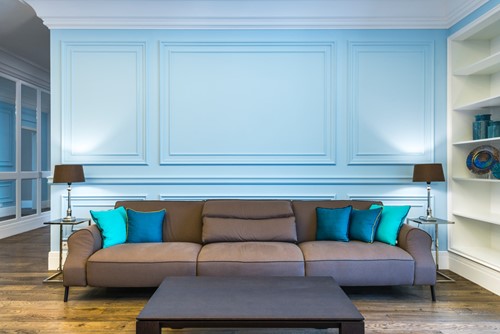
Symmetrical balance is a crucial part of interior design. The arrangement of furnishings and decorative pieces in a space can have a profound effect on the overall aesthetic, regardless of the style of the room. To help you achieve a symmetrical or asymmetrical balance in your home decorating, here is a simple guide to the basics:
Symmetrical balance is simple to achieve by repeating elements on both sides of an “axis” or center line of your space. Some ways to make your design symmetrically balanced include:
Asymmetrical balance might seem difficult to create at first, but once you know the basics, you'll find it a natural and informal way to decorate your space. Some tips for asymmetrical balance include:
Each type of symmetrical balance plays an important part in every room's design. Depending on the size and shape of the space you're working with, one type of balance might be more effective than the other. While remembering these tips can help you plan your layouts, it ultimately comes down to your preference and what you feel works best with your personal design style.

There are many qualities and skills that go into being an excellent real estate professional - integrity, in-depth community and market knowledge, marketing savvy, effective negotiation skills and a high-quality professional network, all of which are hallmarks of how I work.
That said, in my experience as a real estate professional, I've also found that providing the very best service is essentially about putting my clients first. This means keeping myself accessible, being a good listener as well as a good communicator, and responding quickly to your needs.
This "client first" philosophy has always been my approach and it requires me to continually improve my skills and ways of doing business. In addition, I've found that the latest technologies are enabling me to do everything I've always done, only much more quickly and efficiently. They've also helped me to extend the range of services I provide to my clients.